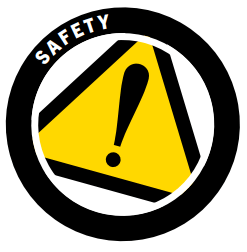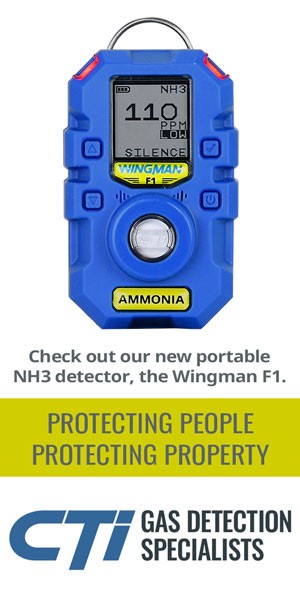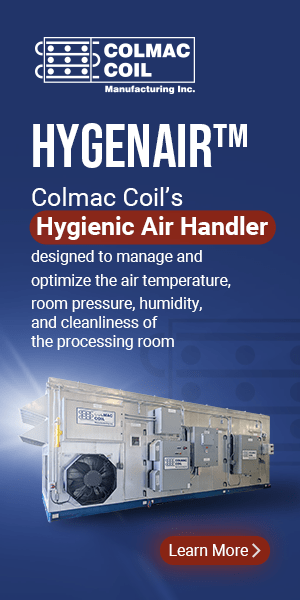
Supreme Court Declines to Hear HFC Case, EPA Proposes Removing HFC Leak Requirements
On January 18, 2019, President Trump signed legislation to extend the authority for the Chemical Facility Anti-Terrorism Standards (CFATS) program. CFATS, administered by the Department of Homeland Security (DHS), was set to expire on January 19th unless legislation was enacted to continue its authority. Industry and DHS called for reauthorization to prevent a lapse in authority.
Read More













